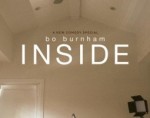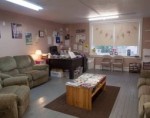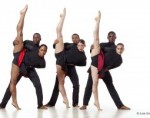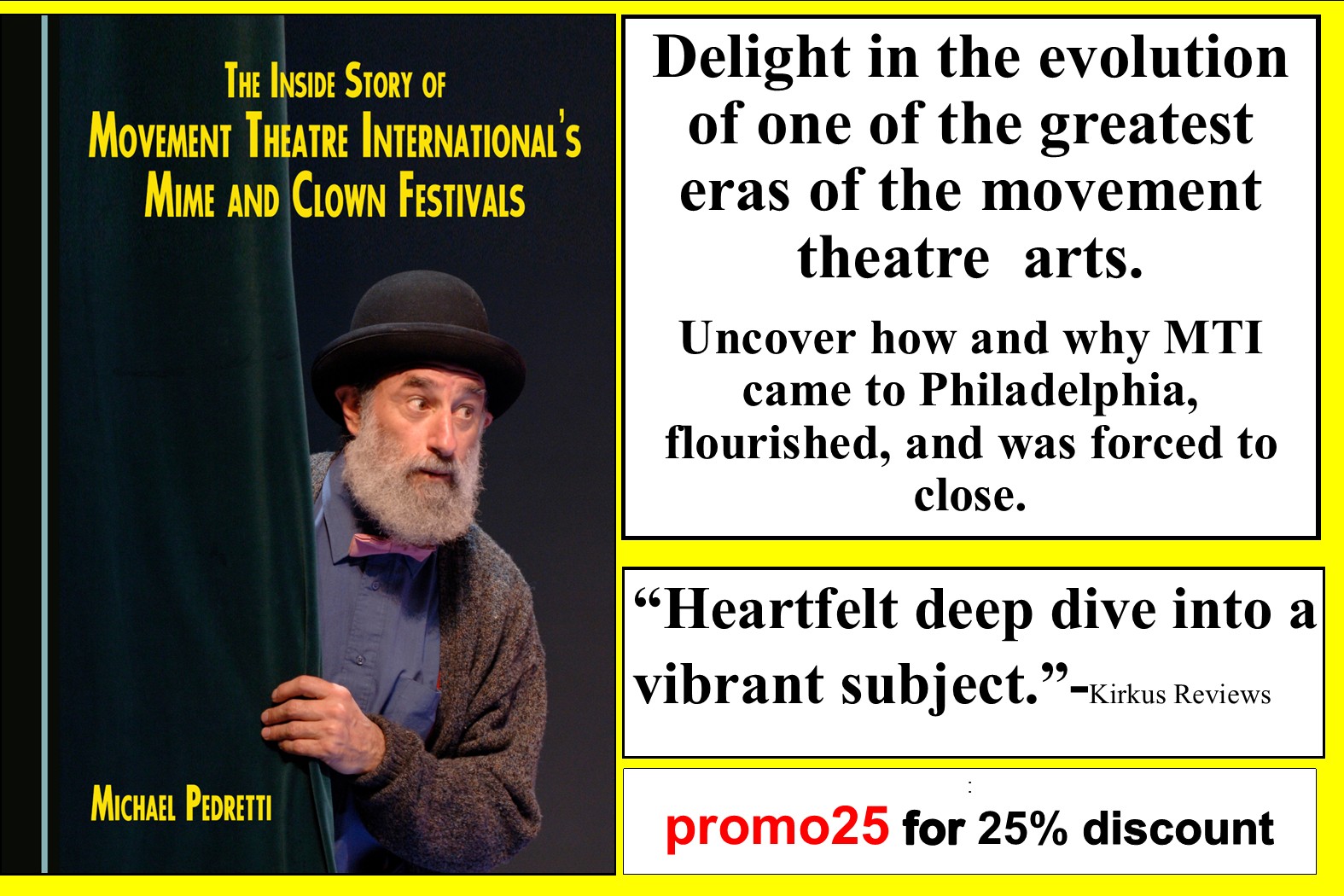
Tilting Space in an Abandoned Warehouse: Tori Lawrence + Co.
by Kat J. Sullivan
Tori Lawrence + Co. creates holistic aesthetic experiences, amalgamating many subtle moments into a complete whole that carefully considers all aspects of performance. Their latest work, JUNKSPACE, choreographed by Lawrence, was previewed in an abandoned warehouse in Philadelphia’s Germantown.
The audience enters through a garage door into a murky room (perhaps once a parking garage) and climbs up a concrete staircase. We pass a faintly lit window frame askew on the floor and wooden planks covering puddles. Ultimately, our path opens into a vast workroom with a web of rafters and peeling paint. It is no insignificant task to reanimate such a large space, heavy with the energetic weight of those who had previously worked there. Rather than forcing non-sequitur ideas, JUNKSPACE’s sensitive design is an exercise in being, resonating with what is already in the space, and indeed what came before any of us ever set foot in it.
Throughout the work, the dancers (Eleanor Goudie-Averill*, Taryn Griggs, Jungwoong Kim, and Jenna Riegel) appear and depart like specters, weaving through doorways and manifesting unobtrusively across the room. They guide us through the dimly lit bowels of the building into a cavernous warehouse three floors above. A wooden bench with asymmetrical legs hangs from a rafter; rotating fans high up on the walls exhale through tattered pieces of fabric. There are dozens of fine-spun moments in JUNKSPACE that cumulate, swelling to meet the massive confines of the space. Still, when I stumble upon a dancer disappearing through a newly noticed door down a hallway, these moments feel like they are meant just for me.
At times the dancers engage in disparate endeavors: one moves in a quiet corner of the stairwell as we pass by; another roams in a jungle of dusty armoires. At others they coalesce in duets or all together to sprint around the space, shuffle backwards in one another’s arms, or observe the room in simple stillness. Metallic clangs, instrument hums, and whispers waft up from an abandoned elevator shaft running the length from the basement parking garage we started in to the warehouse floors above. The musicians propel and are propelled along with us: cellist Cole Highnam is pushed on a dolly cart across the parking garage while he plays. Later, he taps out chords on a piano on a slanted platform while vocalist Seth Wenger rolls him about the warehouse. Griggs lowers the hanging bench and, as Highnam is moved, Wenger retreats periodically to pick up the bench, tilted just as the piano is, and brings it over to place under him. I find it oddly moving that the bench and the stand that the piano rests on, before related only by their proximity, are in fact married by their off-kilter edges. Towards the end of the dance, I realize it is Wenger, singing into a headset, whose voice hymns from the elevator shaft.
Another work may have attempted to conquer the warehouse, to resist being swallowed by its magnitude; worse, another work may have ignored it entirely, creating a piece that needed four walls and a floor and nothing more. Yet here, Lawrence’s work communes directly with the space; its strength arises from its acknowledgement of both the physical and energetic states present. JUNKSPACE moves deftly about the building with deference to and camaraderie with the warehouse; all that it once contained and all it has yet to.
*Goudie-Averill is a writer for thINKingDANCE.
JUNKSPACE, Tori Lawrence + Co., 4717 Stenton Avenue, May 12.
By Kat J. Sullivan
May 24, 2019










